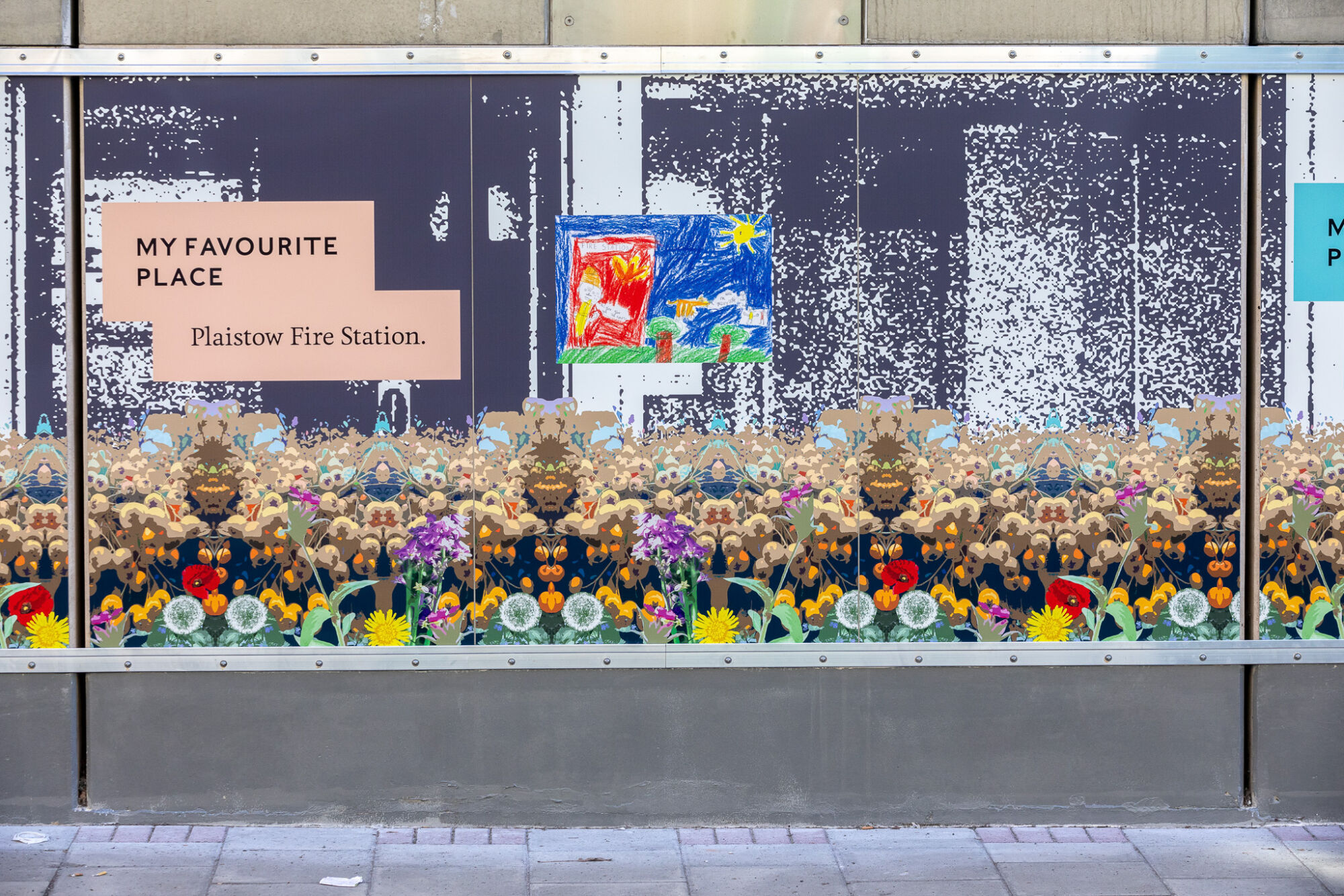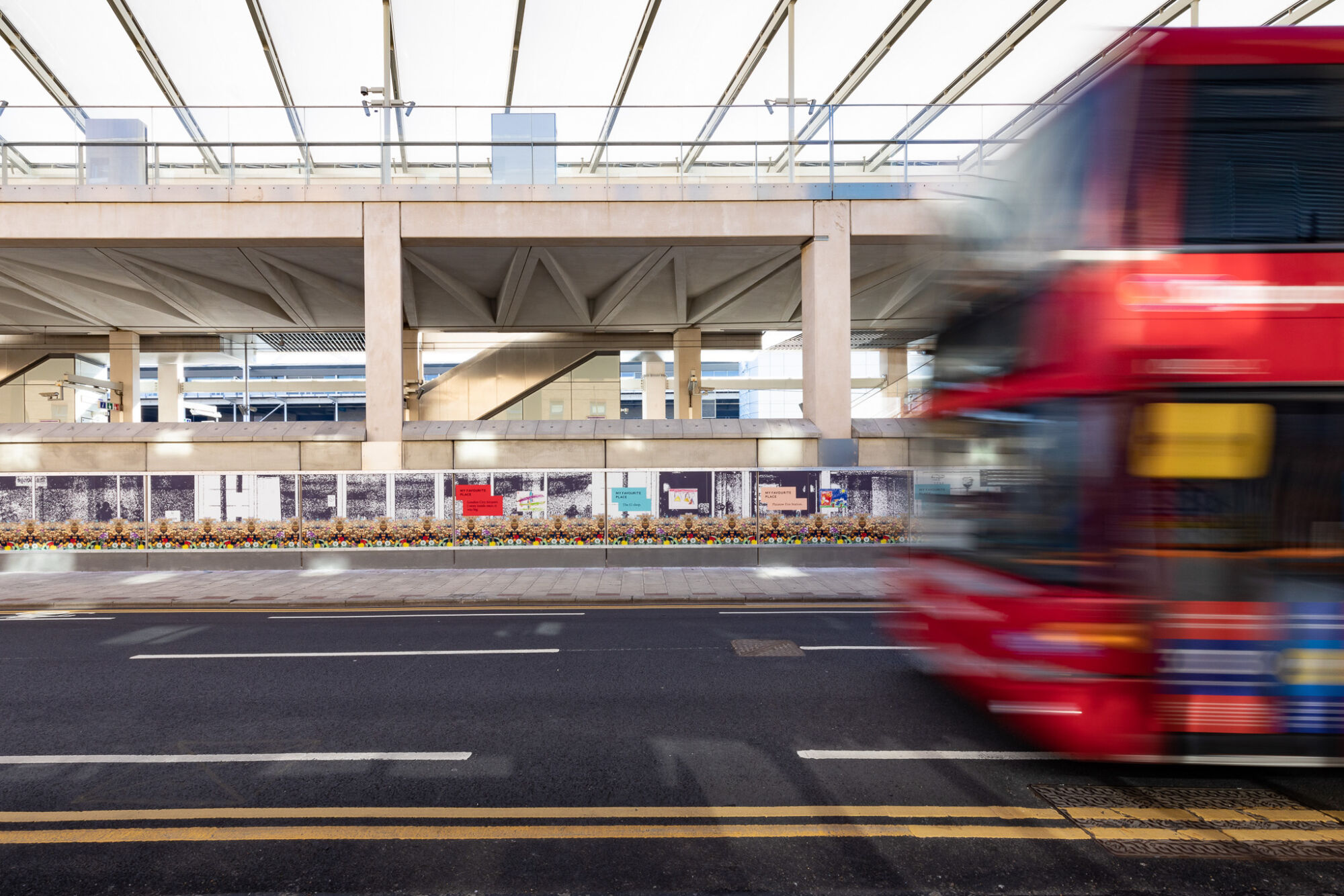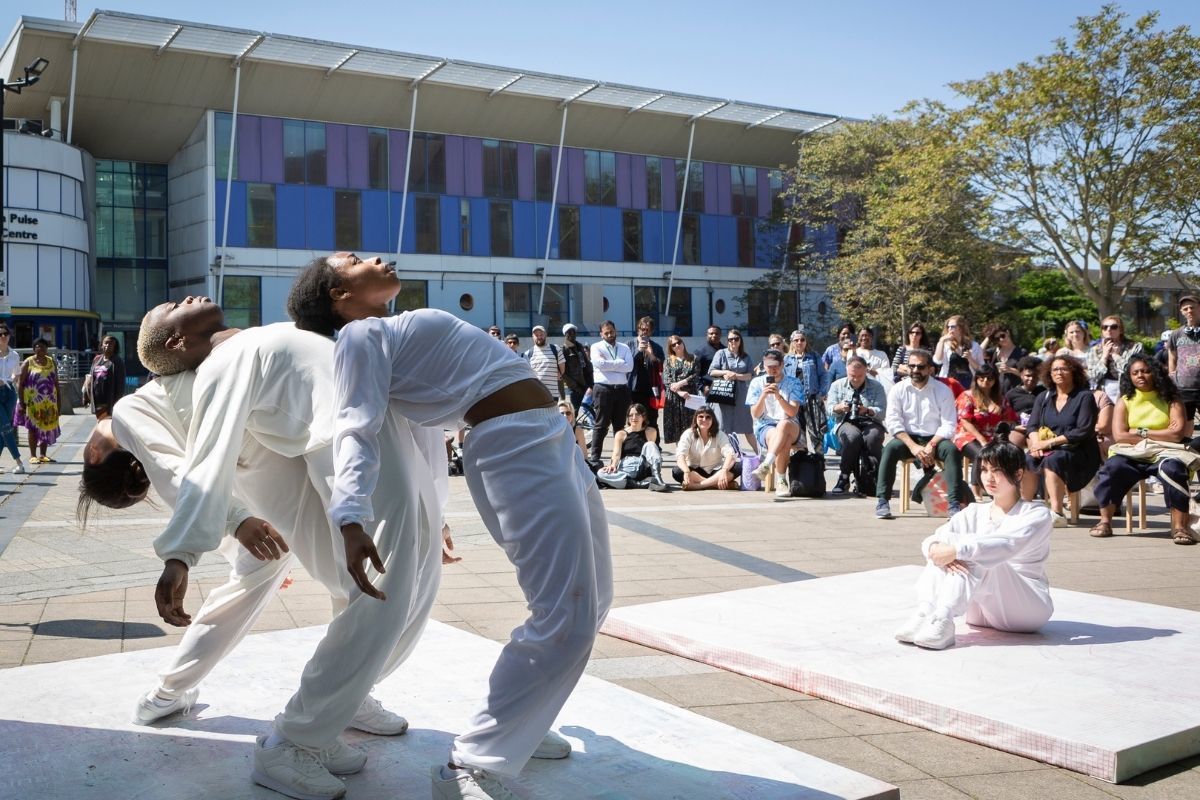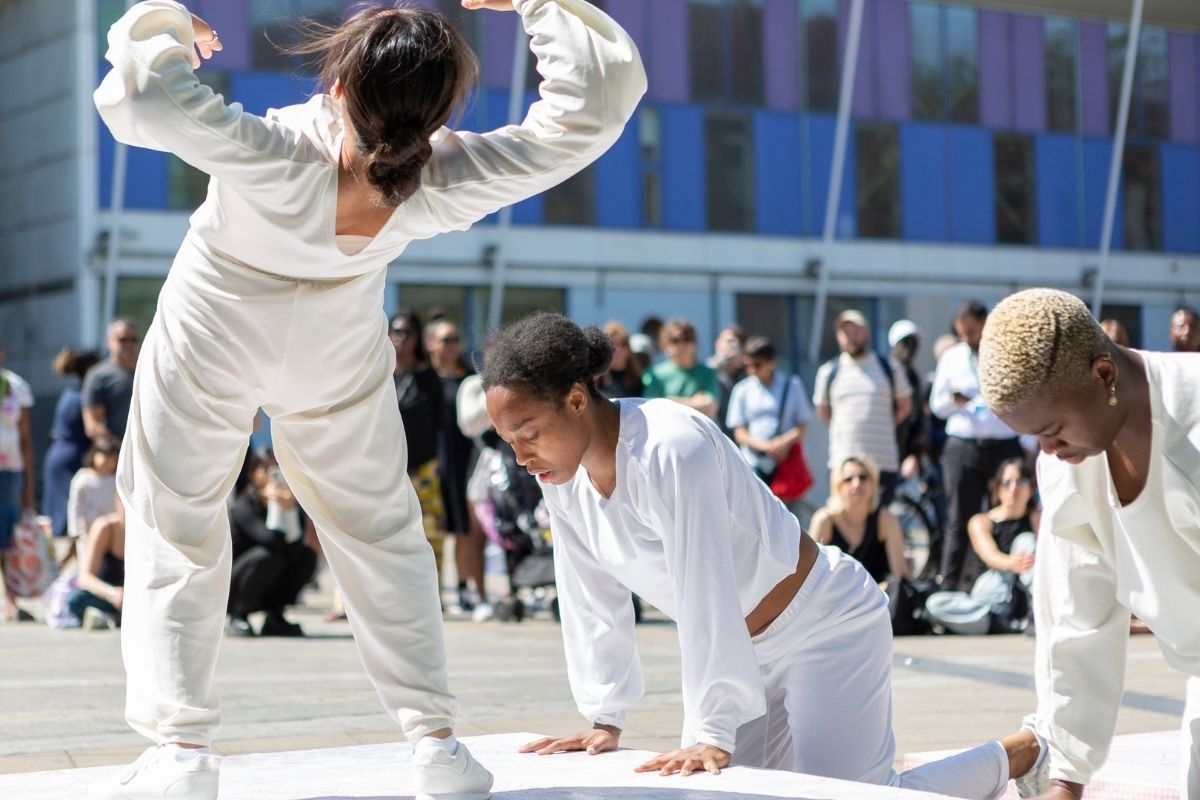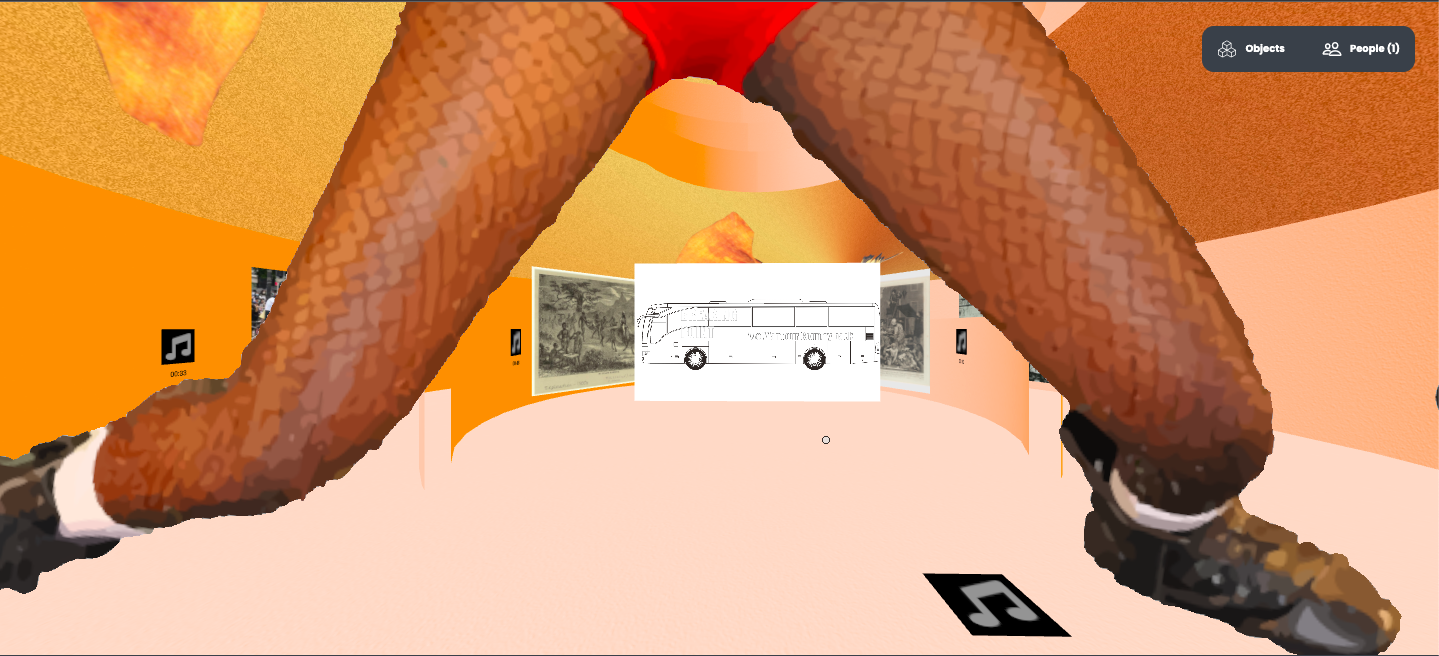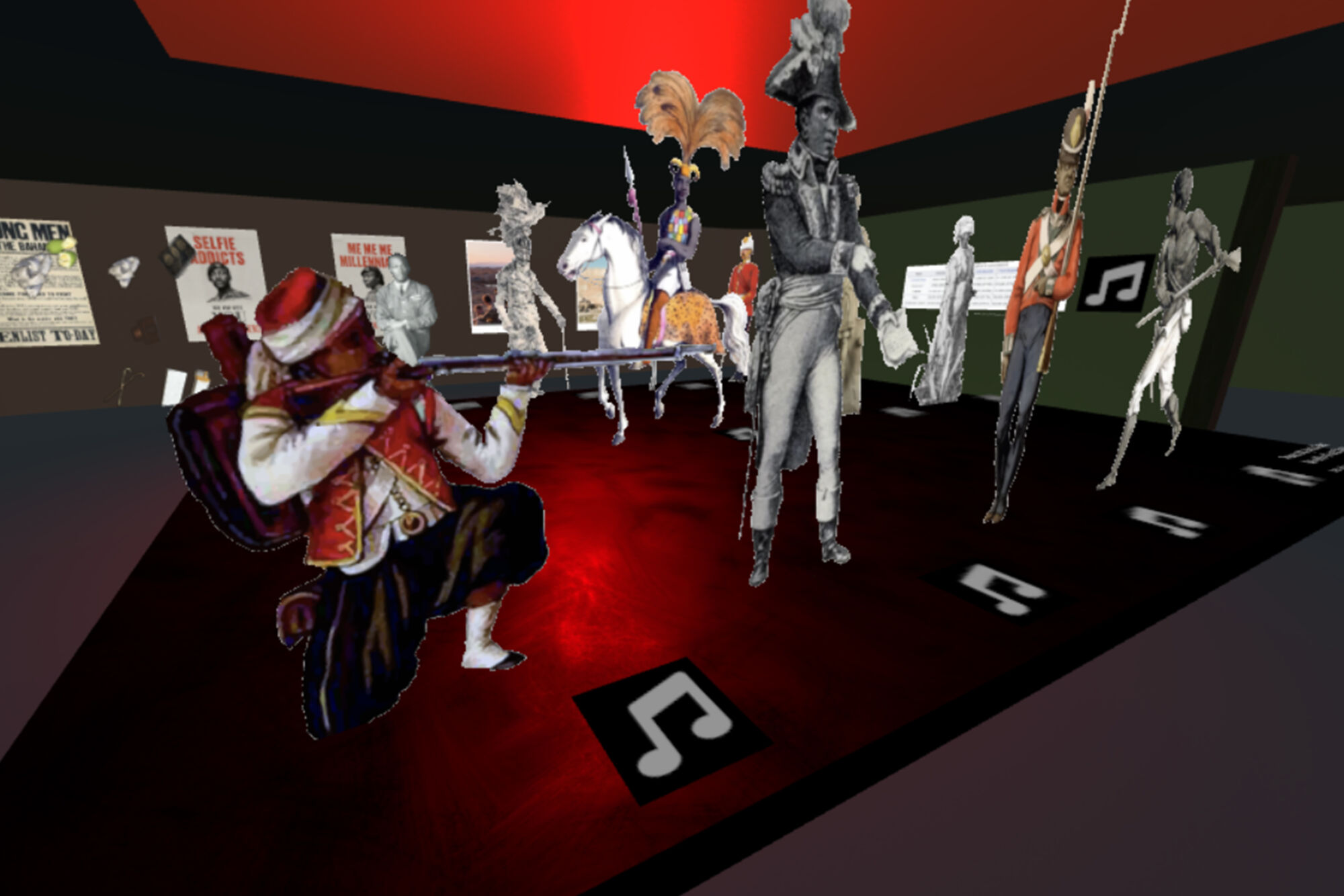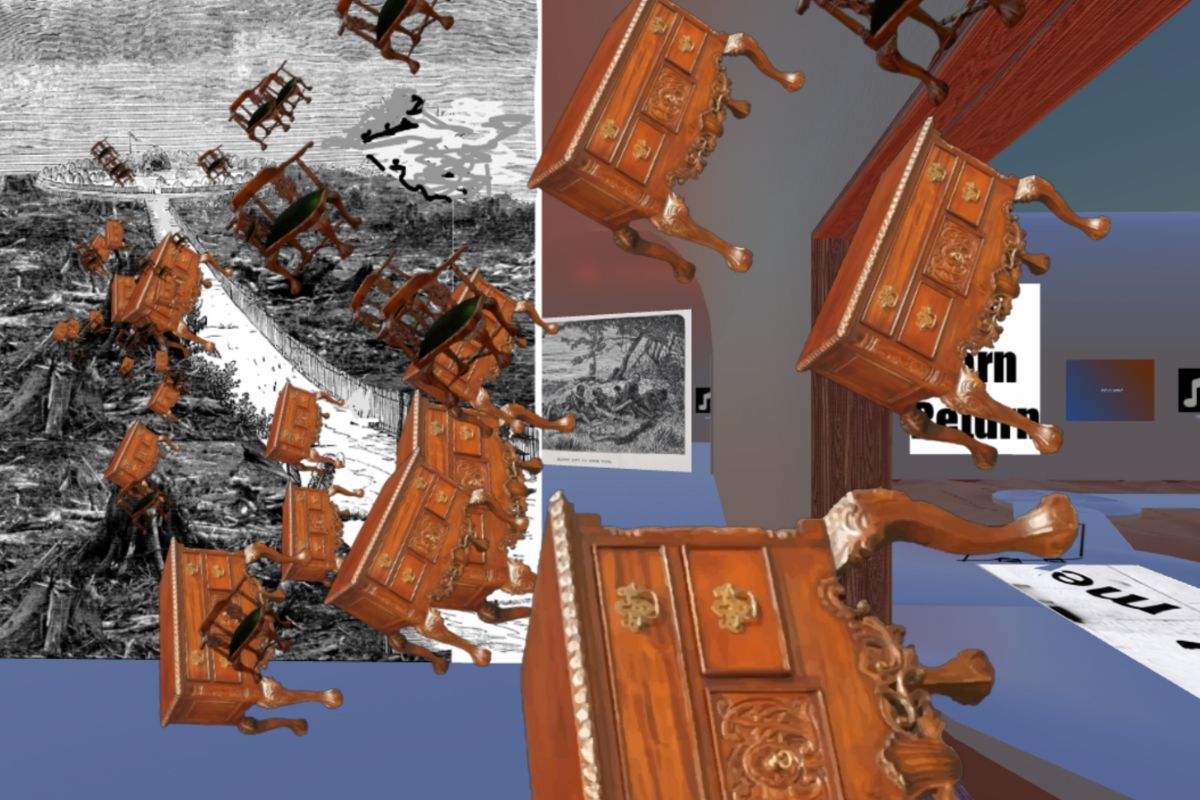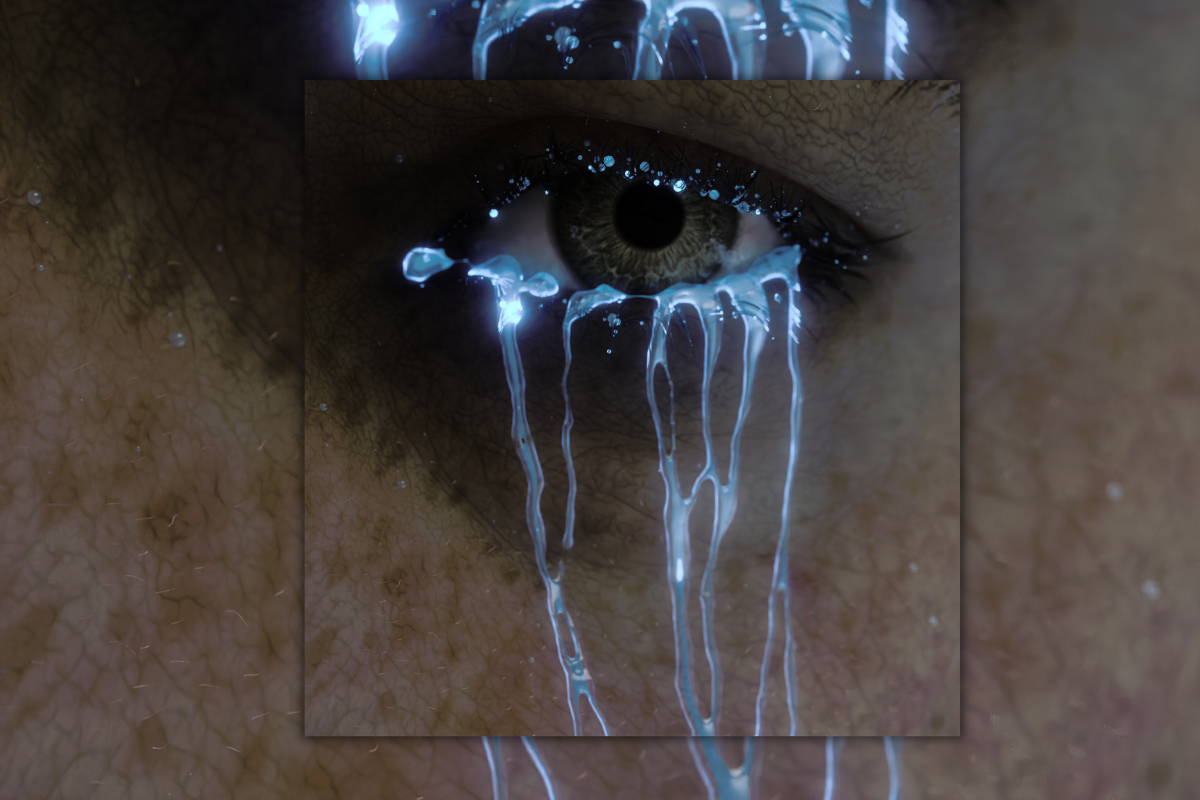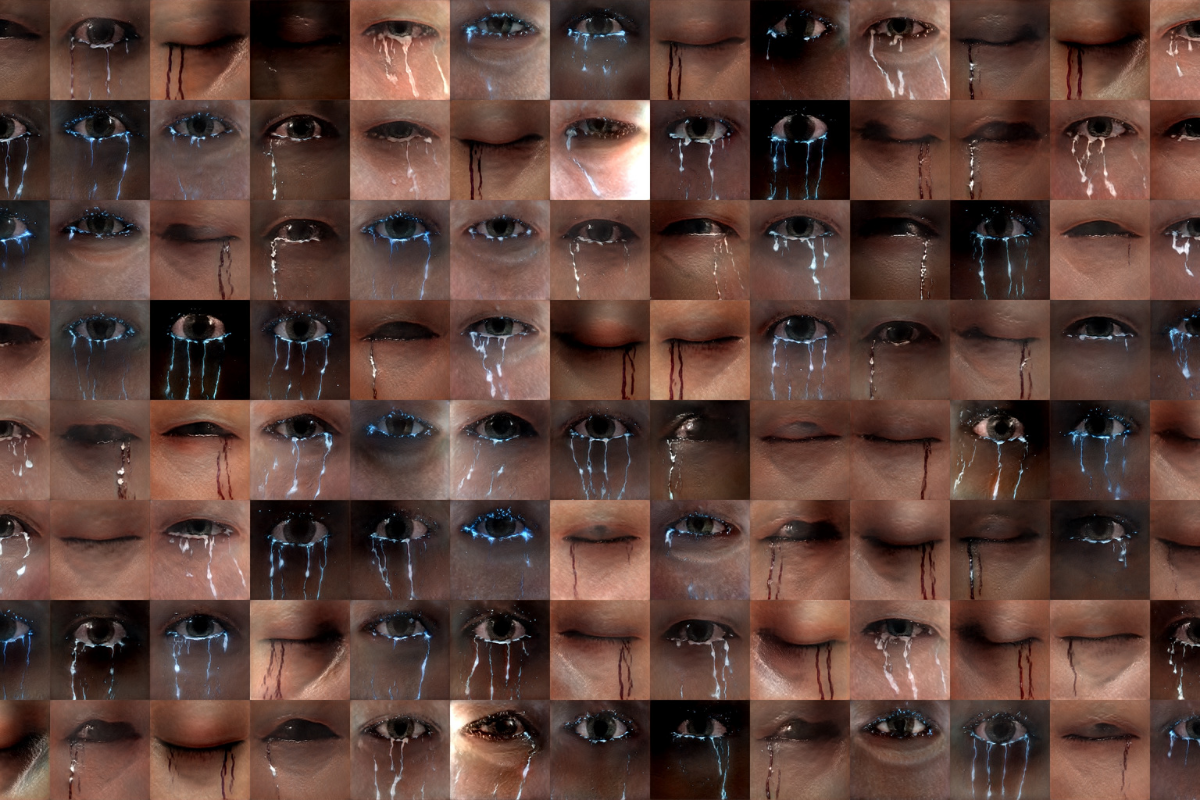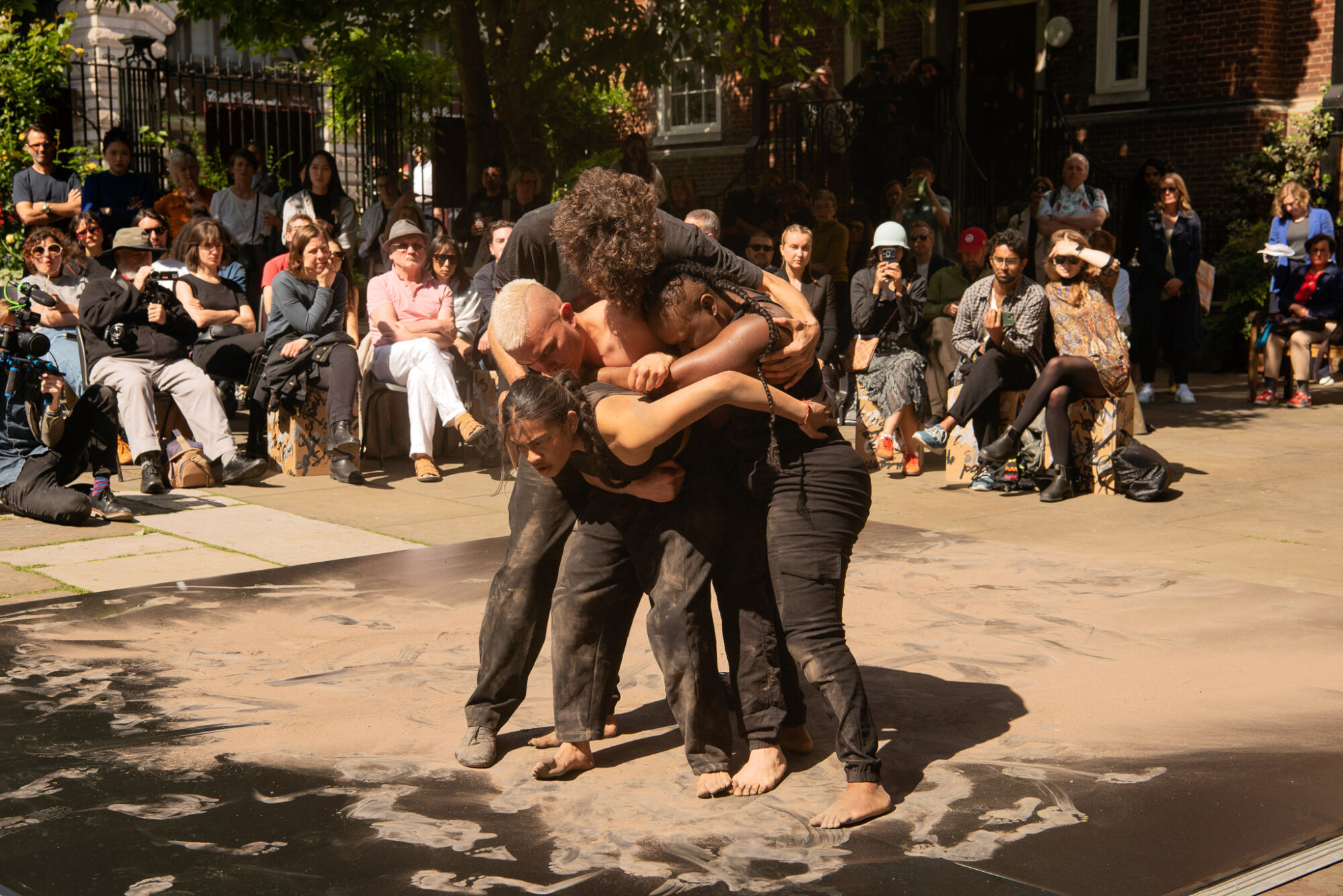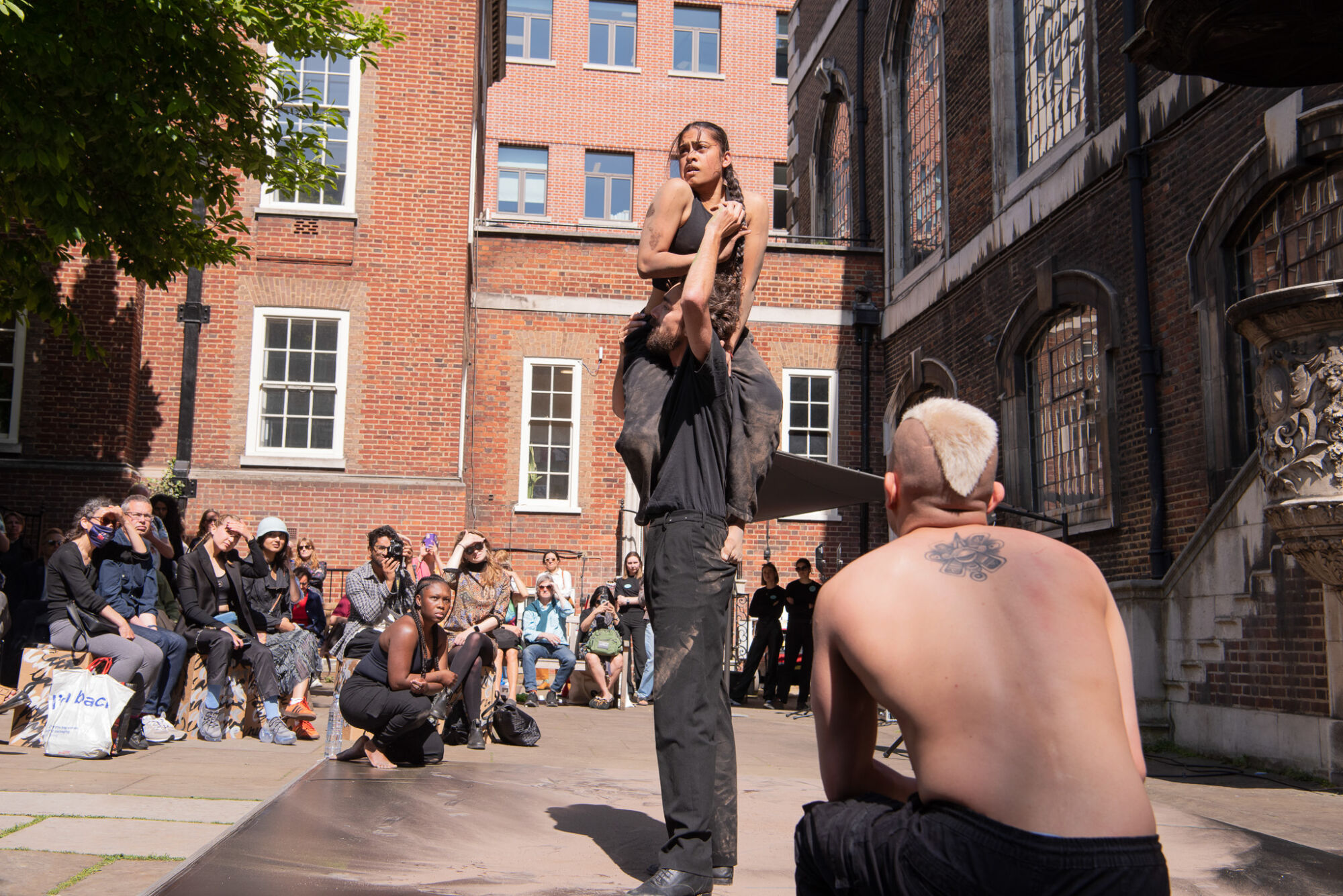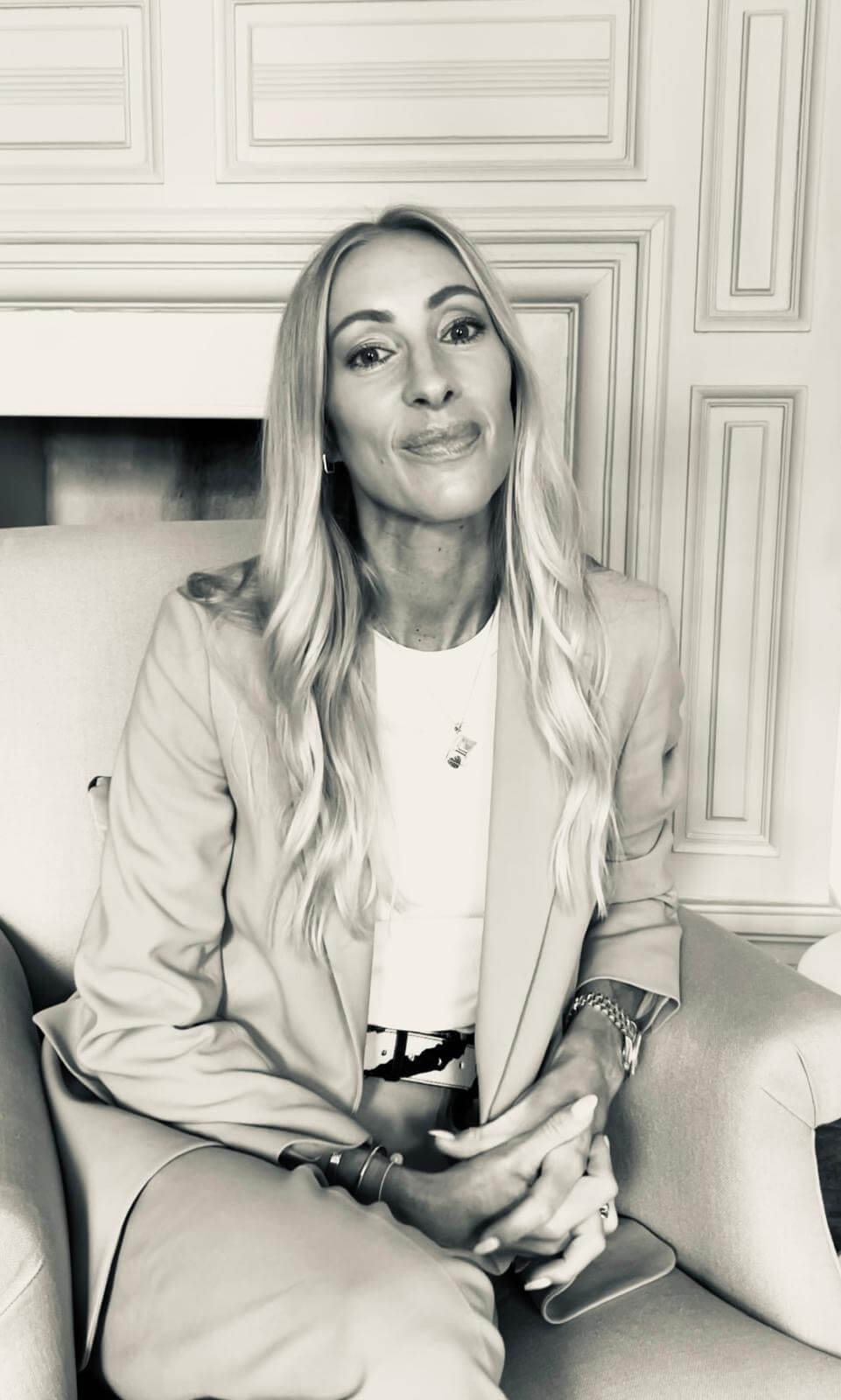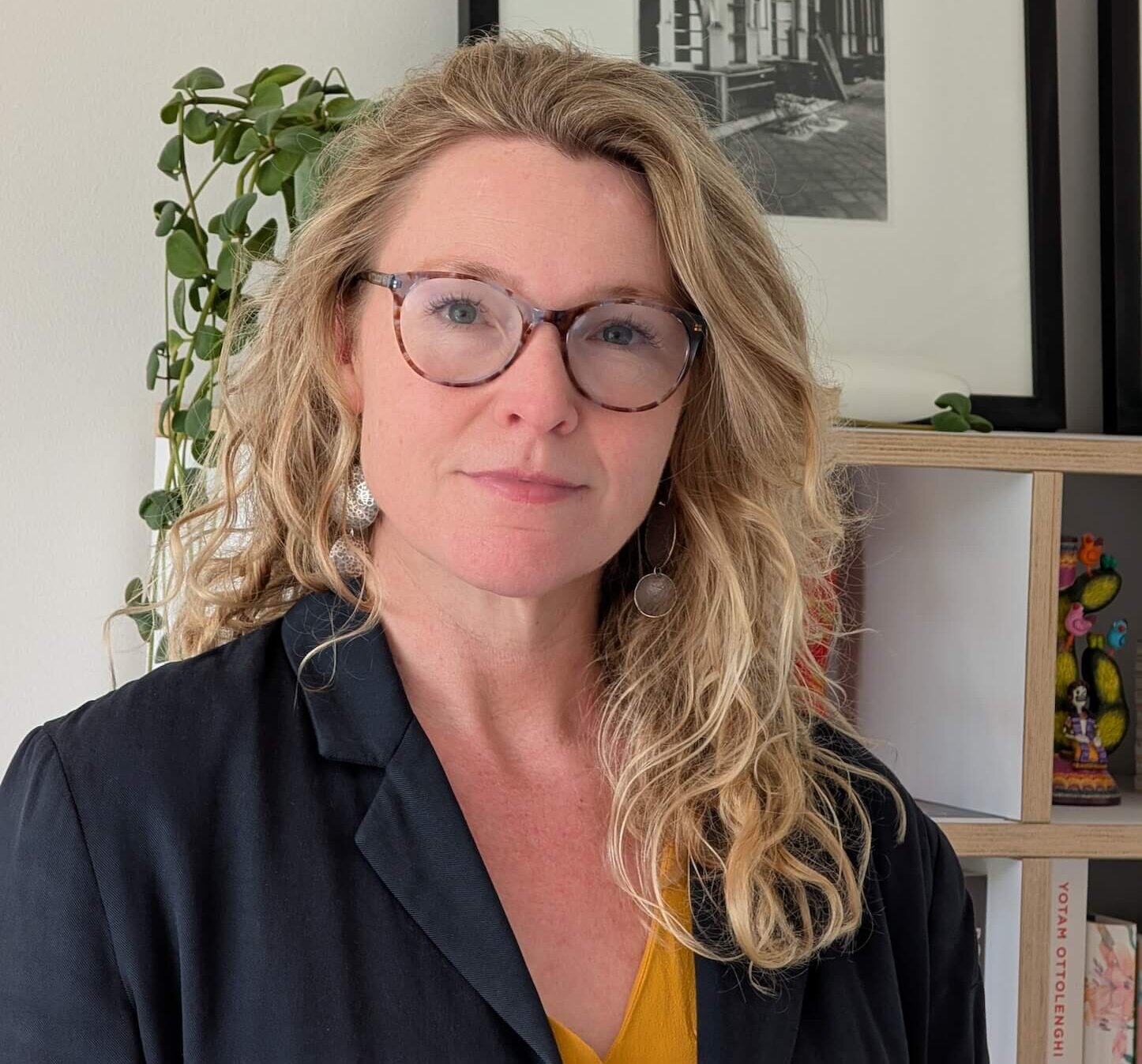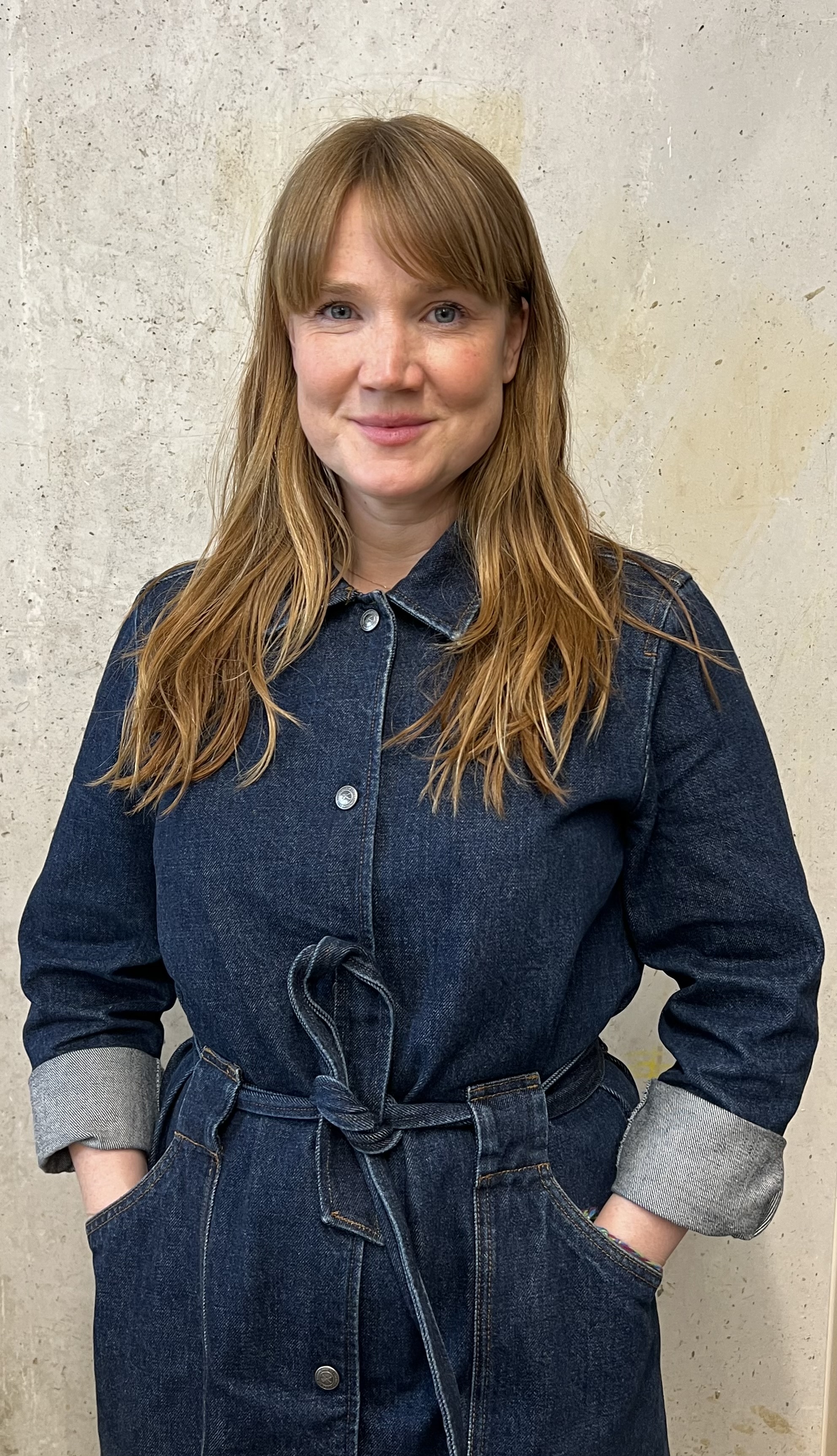

Interview UP Projects’ Moira Lascelles
Founded in 2002 by Emma Underhill, UP Projects is a non-profit public art commissioning organisation on a mission to support artists to make new work that has social relevance, engages communities, encourages learning and enriches the public sphere.
After joining the company in 2019 with over a decade of experience of curating and delivering socially engaged projects, Moira Lascelles became its executive director and head of partnerships earlier this year. Together with Underhill, Lascelles oversees its strategic direction, while also leading on partnership projects to develop progressive public art strategies and commissions. Her past collaborations have seen her work with the Barbican, V&A and the British Council.
She is also a mentor at Arts Emergency, which pairs young people with members of the arts and creative industries that can share advice and opportunities.
THE WICK: Tell us about your typical Monday.
Moira Lascelles: As with every day, I get woken at 6.30am by my son who is five. The usual chaos of getting ready, having breakfast and pushing my kids out the door ensues before I walk to the tube and make the short journey to the UP Projects office. UP Projects’ work involves a huge amount of collaboration with artists, cultural partners and clients, which inevitably involves a lot of communication and dialogue ¬– so Mondays are often filled with lots of meetings. We have a regular Monday morning team meeting in which we review current projects collectively and discuss any factors that could benefit from wider team input. We are currently working on an exciting mix of projects including a new public art strategy for Ebbsfleet Garden City, a mural commission in North London with artist Holly Graham and our ongoing Constellations learning development programme for artists, curators and producers who wish to learn more about working in socially engaged ways – so there is rarely a dull moment. There never feels like enough time in the day before I head home for some quality time with my family.
TW: Why did you decide to partner with London Gallery Weekend?
ML:
UP Projects have been working for over 20 years to bring world-class artists out of the gallery and into public spaces to create new work for communities to actively engage with and enjoy. When London Gallery Weekend approached us in 2022 keen to showcase the wealth of artistic talent represented by galleries in London to a broader public audience, it felt like a great fit.
In 2022, we co-commissioned Mandy El-Sayegh whose performance, The Minimum, was staged in three public locations across London. This year, we have been even more ambitious and expanded the programme to give three artists – Nicole Bachmann, Li Hei Di and Minh-Lan Tran – a platform. We also collaborated with Peckham Platform to include a special performance by Lesley Asare that actively engaged with the South London Refugee Association.
I am absolutely delighted with how it went and so pleased that we have been able to support these artists to bring their work to audiences that might find stepping over the threshold into a gallery an intimidating experience. And kudos to London Gallery Weekend for trying to break down these barriers.
TW: What do you think is the role of public art, and how have you seen this develop in recent years?
ML:
UP Projects is very particular in its approach to public art commissioning in that we specialise in social practice. This means all of our work is focused on enabling artists to actively engage with communities through the process of creating public art. It is our belief that it is through this process-driven approach that social benefit and impact can be created.
This way of working can take many forms, from the permanent to the ephemeral, but a great example is a recent project UP Projects worked on for Crossrail with Sonia Boyce. This project saw Sonia collaborate with communities in East London over a year-long period with 170 stories contributed by local people being woven into her final artwork titled Newham Trackside Wall. At 1.9km long, this is one of the longest artworks ever commissioned in the UK.
There definitely seems to be more appreciation and understanding of social practice now, with the 2021 Turner Prize bringing this way of working into the broader consciousness. I think the Covid-19 pandemic has also highlighted how important creativity can be in addressing social issues such as loneliness and anxiety. The shift to social prescribing is another example of how this appreciation is starting to permeate broader society.
TW: What challenges do young people face in the industry?
ML:
There is no denying that there is a lot more work to be done to make the arts an accessible and viable industry for young people. Arts Emergency published one of the first sociological studies on social mobility in the cultural industries in 2018 called ‘Panic! Social Class, Taste and Inequalities in the Creative Industries’. Though a little out of date now, it still serves to highlight the systemic barriers faced by women, young people from working class origins and those from the global majority across the cultural and creative industries.
There is definitely a growing awareness and desire within the industry to readdress the balance and lobby for change but there is so much more that is needed. Being a mentor was just an extremely small personal contribution to address what is a much wider systemic issue. I have found it extremely rewarding and it has definitely been a two-way learning process. I am delighted that my mentee has now become an employee at UP Projects so our relationship has continued past the year-long programme.
“There is definitely a growing awareness and desire within the industry to readdress the balance and lobby for change.”
